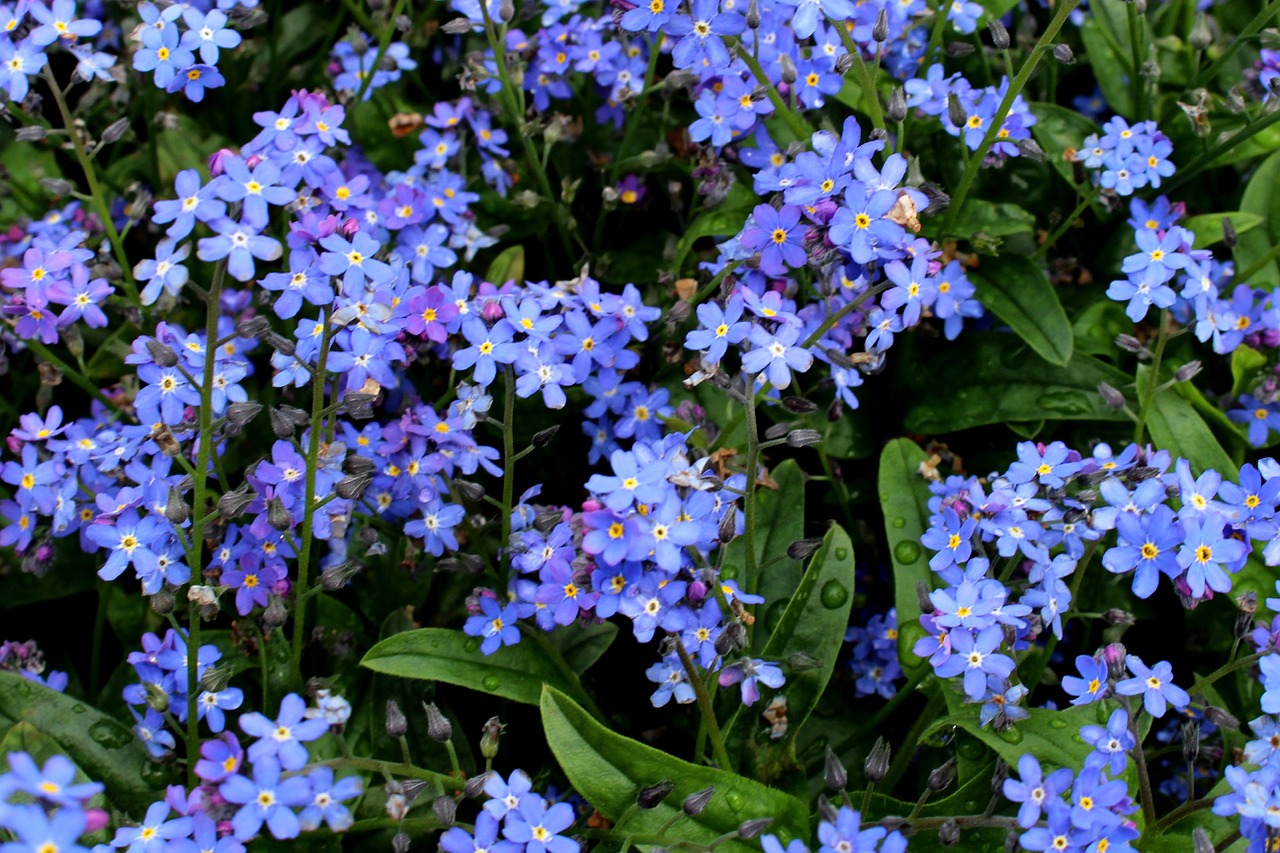Whether they are annuals or perennials, if we pay attention to them the flowers keep us — pardon the pun — grounded. As we walk or drive down the streets of our home towns or just look out the windows of our homes, the flowers not only brighten our neighborhoods and days but also help us keep track of the passage of time. In this part of the country where NFESH’s office is located, forsythia are the first to spring to life, driving the drab gray of winter into the background with their long sprays of almost neon yellow. Early spring brings the daffodils and on their heels the tulips, and as summer approaches the hydrangeas and magnolias and camellias and all manner of other blossoms hung in pots or arrayed in beds vie for attention and enliven the days. Autumn brings muter colors but no less beauty as chrysanthemums adorn tables and take center stage in the corsages of homecoming queens. The flower centerpieces and bouquets that have traditionally marked the special celebrations of our lives — like weddings, holidays, birthdays, and anniversaries — have taken on a different role in the context of COVID-19 for all of us. And this is especially true for the older folks among us, who, because of their age, have been essentially housebound for many months and several seasons now and cautioned that venturing out and interacting with others can put them at serious health risk. What is the case for all of the elderly (including those individuals of a certain age who never before would have considered that nomenclature as applying to them) is even more devastatingly true for those older citizens among us who were and are residents of nursing homes and other senior living facilities. In the context of the pandemic, they have been quarantined, as we know but we far too often forget, for months now. In the context of the pandemic, visits with family are relegated to short conversations through a window, if they happen at all.
Surely, without the succession of flowers they see out those same windows, the passage of time might doubtless be difficult to mark. It might be easy to forget not just what day it is, but what month and what season. Ask most any “elderly” person you know about forgetting, and if they are honest with you and with themselves they probably will admit that they do occasionally forget a bit more now than they did when they were young — or at least it takes a slight bit more time to remember. Such is a frightening and widespread reality in this era when Alzheimer’s has become a household word and an entire industry dedicated to “memory care” has grown up across the nation. Yes, for people “of a certain age” the specter of forgetting is a very real and frightening thing.
But in this age of COVID-19 there is something far more frightening, widespread, concerning and virtually unnoticed and much less addressed; and we don’t mean the disease itself. We acknowledge that older people are more likely to contract and die from it than the young. That is heartbreaking and a tragedy that is well-documented, acknowledged, and difficult, if not impossible, to prevent. But there is another dangerous villain lurking in the shadow of the disease that goes largely unnoticed and is significantly more far-reaching -– but preventable. It is a syndrome that causes hundreds of thousands, and probably millions, of older citizens anxiety, sadness and distress. What is that? Simply put, it is not the fear of forgetting so much as being forgotten.
What does all that have to do with flowers? A great deal. The tiny blue blossoms captured in the image above say it all. Forget-Me-Nots is their name. We should heed their message where the seniors we know, and even those whom we don’t, are concerned. One beauty of Forget-Me-Nots, in addition to the brightness of their blooms, is the length of their growing season. It is long, reaching from May through October. Another is the ease of care for them. No long hours of trimming, feeding, fertilizing. A bit of water and sunshine seems to be enough. And with that little bit of attention they not only survive, but thrive and give back joy.
We at NFESH think that has a lot to say about the elderly. It also gives hope even as it delivers a gentle but critical lesson to us. Forget-Me-Not. We are here to make the pledge that we won’t. We will Forget-Them-Not, and not just the “hidden hungry” but all of the “hidden.” That’s the message we all need to spread. It is the kind of universal contagion — and remedy — that is good for body and soul. Theirs and ours.


